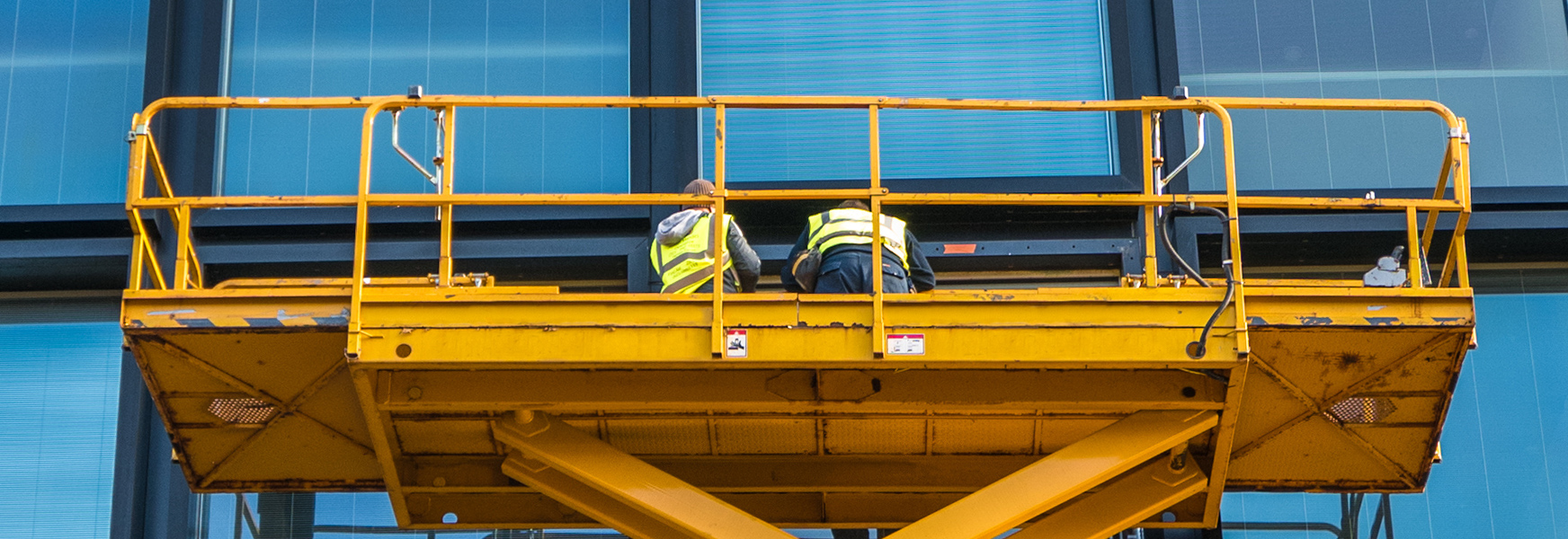New ANSI A92 Training Requirements

This is part 2 of our post covering the new ANSI A92 standard for Mobile Elevated Work Platforms (MEWPs). The standard has several significant changes including new training requirements. The new standards were effective March 1, 2020. All aerial equipment brands and manufacturers serving North American customers will have one year to comply.
Keep in mind this is an industry standard and not an OSHA standard. OSHA did incorporate A92.2-1969 as noted in this 1926 standard excerpt:
The standards of agencies of the U.S. Government, and organizations which are not agencies of the U.S. Government which are incorporated by reference in this part, have the same force and effect as other standards in this part. Only the mandatory provisions (i.e., provisions containing the word ‘‘shall’’ or other mandatory language) of standards incorporated by reference are adopted as standards under the Occupational Safety and Health Act.
1926.6(e)(13)
ANSI A92.2-1969, Vehicle Mounted Elevating and Rotating Work Platforms, IBR approved for §§1926.453(a) and 1926.453(b).
However, updating the OSHA standards to reflect the changes in the newer versions of A92 would take many, many years. That may be obvious since the currently incorporated A92 is over 50 years old. So, for the end user of this equipment, at this point the new A92 represents a “best practice” approach to equipment use, training, and maintenance. Since we can always look at the OSHA standards as the absolute minimum required by the law, it makes sense to take safety to a higher level by incorporating this new ANSI guideline yourself regardless of what OSHA will enforce.
Supervisor Training
The user must ensure that all personnel that directly supervise MEWP operators are trained in the following areas:
- Proper selection of the correct MEWP for the work to be performed.
- The rules, regulations and standards that apply to MEWPs, including the provisions for safe use as defined in ANSI A92.22 Training and Familiarization, and the work being performed.
- Potential hazards associated with use of MEWPs and the means to protect against identified hazards.
- Knowledge that the manufacturer’s operating manual(s) are an integral part of the equipment and need to be stored properly in the weather resistant compartment on the MEWP.
Occupant Training
The MEWP operator must ensure that all occupants in the platform have a basic level of knowledge to work safely on the MEWP which includes the following:
- The requirement to use fall protection and the location of fall protection anchors.
- Operational factors, including how their actions could affect stability.
- Safe use of MEWP accessories they are assigned to use.
- Site specific work procedures the occupants must follow related to the operation of the MEWP.
- Hazards related to the task at hand and their avoidance.
- Manufacturer’s warnings and instructions.
- At least one of the occupants must be trained to operate the controls in an emergency when the operator cannot.
Maintenance and Repair Personnel Training
Users must ensure that maintenance and repair personnel are trained by a qualified person to inspect and maintain the MEWP in accordance with the manufacturer’s recommendations, as well as ANSI and CSA standards.
When a MEWP is rented, arrangements must be made by the owner to identify the entity that will be responsible for the inspections and maintenance activities described in the standard:
- Frequent Inspections - When the MEWP is put into service or has been out of service for three months.
- Annual Inspections- Performed no later than 13 months after the previous Annual Inspection.
Rescue Planning
All occupants must receive training that explains the procedures to follow if they fall and await rescue or witness another worker’s fall. This plan must limit the time that a worker hangs suspended in a harness. Rescue plans can include the following:
- Self-rescue – by the person involved
- Assisted rescue – by others in the work area
- Technical rescue – by emergency services
For More Information

